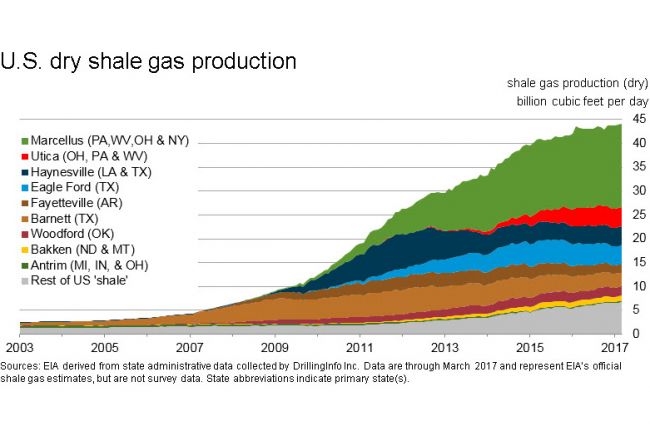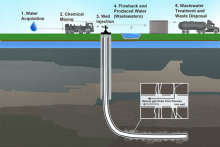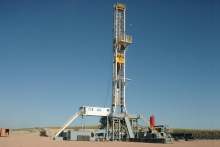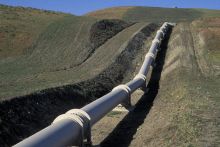
Energy Information Administration's "Energy Explained" series:
"Shale is a fine-grained sedimentary rock that forms from the compaction of silt and clay-size mineral particles and is easily broken into thin, parallel layers. Black shale contains organic material that can generate oil and natural gas and trap the generated oil and natural gas within its pores.
Shale natural gas resources are found in shale formations that contain significant accumulations of natural gas and/or oil. These resources, or plays, are found in about 30 states. The Barnett Shale in Texas has been producing natural gas for more than a decade. Information gained from developing the Barnett Shale provided the initial technology template for developing other shale plays in the United States."
"Large-scale natural gas production from shale began around 2000, when shale gas production became a commercial reality in the Barnett Shale located in north-central Texas. The production of Barnett Shale natural gas was pioneered by the Mitchell Energy and Development Corporation. During the 1980s and 1990s, Mitchell Energy experimented with alternative methods of hydraulically fracturing ["fracking"] the Barnett Shale. By 2000, the company had developed a hydraulic fracturing technique that produced commercial volumes of shale gas. As the commercial success of the Barnett Shale became apparent, other companies started drilling wells in this formation so that by 2005, the Barnett Shale was producing almost half a trillion cubic feet (Tcf) of natural gas per year. As natural gas producers gained confidence in their abilities to profitably produce natural gas in the Barnett Shale, with confirmation provided by well results in the Fayetteville Shale in northern Arkansas, producers started developing other shale formations, including the Haynesville in eastern Texas and north Louisiana, the Woodford in Oklahoma, the Eagle Ford in southern Texas, and the Marcellus and Utica shales in northern Appalachia."
"The United States has access to significant shale natural gas resources. In the U.S. Crude Oil and Natural Gas Proved Reserves Year-End 2017 report (November 2018, Table 4), the U.S. Energy Information Administration estimates that the United States has about 308 trillion cubic feet of proved shale gas resource. In the World Shale Resource Assessments report (September 2015), the U.S. is estimated to have nearly 623 trillion cubic feet of additional unproved technically recoverable shale gas resources."
U.S. natural gas consumption in 2017 was 27.1 trillion cubic feet. Read the entire "Energy Explained" chapter on EIA's website.
Learn More:
- Map of Assessed Shale Gas in the United States, (Report & Map), U.S. Geological Survey
2012 report and map showing assessed shale gas resources in the United States.
- Modern Shale Gas in the United States: An Update, (Report), U.S. Department of Energy
2013 report on shale gas development in the United States.
- World Shale Resource Assessments (Report), Energy Information Administration
Assessments of shale oil and shale gas resources for many individual countries around the world.






